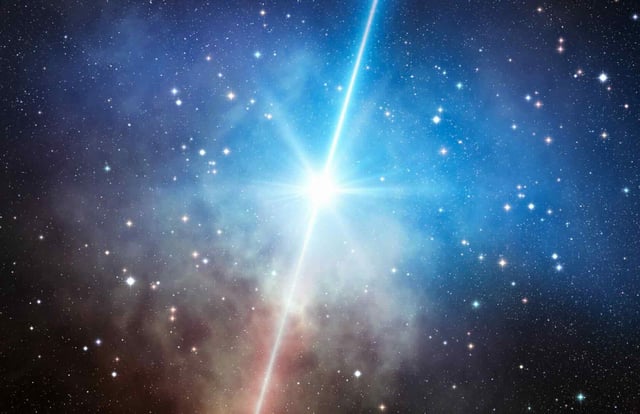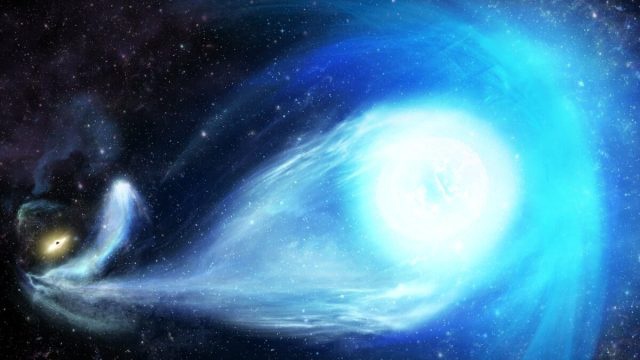Overview
- Cornell physicist Henry Tye and collaborators report in JCAP that an axion dark energy model with a negative cosmological constant better fits recent DES and DESI measurements than standard ΛCDM.
- The combined DES and DESI data favor an equation of state w not equal to −1 at roughly 4.2 sigma, which is notable but below the 5‑sigma discovery threshold.
- Using best‑fit parameters, the study estimates a total cosmic lifespan of about 33.3 billion years, with expansion halting in roughly 11 billion years and a big crunch about 20 billion years from now.
- In the model, an ultralight axion field mimics a cosmological constant in the early universe and later evolves as the Hubble rate drops below the axion mass, while a negative Λ ultimately triggers recollapse.
- Authors stress the need for verification from ongoing DESI observations and forthcoming surveys including Euclid, the Vera C. Rubin Observatory, SPHEREx, and other dark‑energy and CMB probes.



